There’s nothing like eating a freshly cooked meal. But meals that are prepped ahead of time can sometimes be a different story. You have to pack up the goods and stash them in your fridge or freezer until you’re ready to chow down. And sometimes heating up pre-prepped food can turn into a massive fail — no thanks to dried-out meat or soggy greens.
With that in mind, we’re breaking down how to reheat the most commonly pre-made foods so you don’t end up with a total disaster come chow time.
Here are simple ways to use the microwave, oven, and stovetop to breathe life back into a pre-made meal.
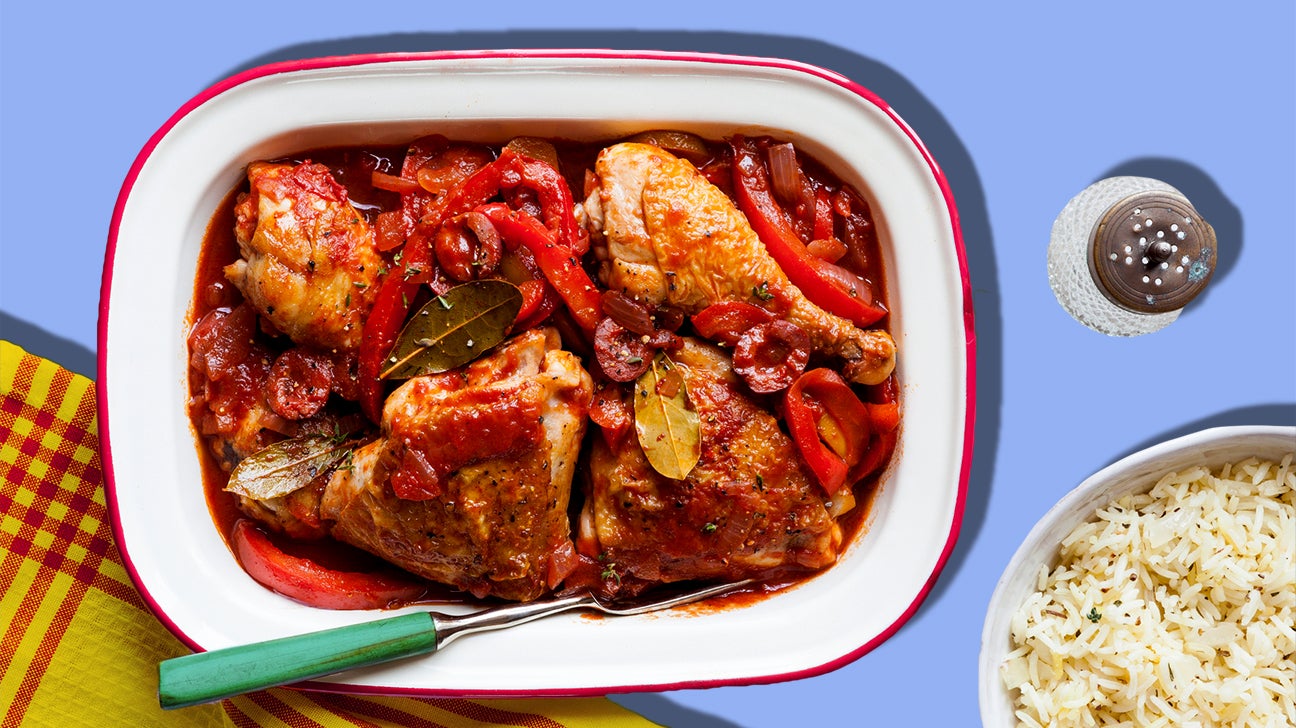
Reheating red meat and chicken the right way
Your hard work cooking up red meat and chicken for your meal preps shouldn’t result in a rubbery, dried out-lunch or dinner. Here’s how to heat ’em up correctly.
Microwave
Before sticking your meal in the nuker, pour a little bit of water on the meat to retain moisture, or keep the dish covered with a microwave-safe lid while you zap it. You can reheat meat for up to 2 minutes in the microwave before it becomes a sad waste of food.
Oven
If you have access to an oven, it should be your first choice over using the microwave. Generally, meat is best when reheated in the same place it was cooked. So, if you roasted chicken and put it in the fridge after, the best place to heat it back up would be the oven.
Don’t turn your oven on full blast, though. Instead, reheat food on a lower heat around 200 to 250°F (93 to 121°C) and add a dash of oil or butter to keep the meat moist. This method normally takes 10 to 15 minutes. FYI: It takes the longest since you have to wait for the oven to preheat, but we think it’s worth it.
Stovetop
You can definitely reheat meat, chicken, or almost anything in a pan on the stove. The key is to keep heat low to avoid overcooking. Before placing meat in the pan, add a bit of oil or your choice of butter. For more moisture, cover the pan while the meat reheats.
This method normally takes around 5 minutes. Flip the meat over halfway through to make sure it heats evenly.
Giving fish the right kind of refresh
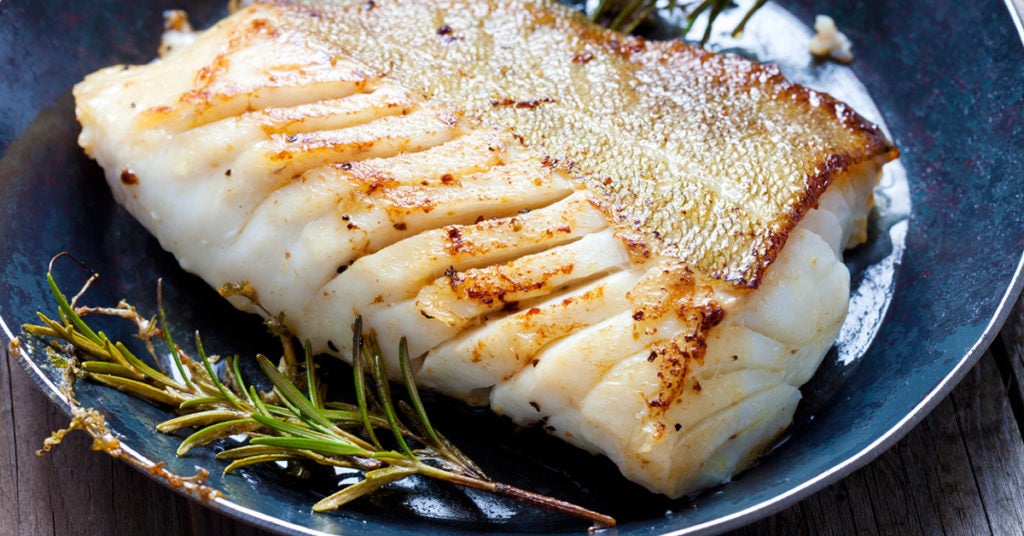
Reheating fish is similar to meat, but you have to pay closer attention to the thickness. Fish that’s more than an inch thick, such as salmon and tuna, will retain its texture and flavor better than thinner cuts like trout.
Microwave
The microwave is good for reheating fish if it’s unbreaded. Make sure to sprinkle a little bit of water or oil on the fish before sticking it in the nuker on a microwave-safe dish. Even better if you have a lid for it.
The best way to do this is in bursts of gradually increasing heat. Kind of annoying, but it works. Start by reheating it on low power for 20 seconds, then take it out, put it back in, and repeat for a minute. Then increase the power to medium, put it in for 20 seconds, take it out, put it back, and repeat for another minute.
Yes, it’s a lot of work, but at least you can enjoy the effort you put into making it during your meal prep. Obviously, be sensitive when microwaving or reheating fish in the office…
Oven
Preheat the oven to 275°F (135°C). Place your fish on a baking sheet, wrap it in foil, and cook for about 10 minutes. To check if it’s done, stick a fork in the center and hold it there for 5 seconds, then touch the fork to your tongue. If the fork is cold, it needs more time (but you already knew that).
Stovetop
If you’re using a pan on the stove, place a little bit of oil in it over medium to low heat. Cover the fish with a lid if you have one, and check every few minutes or so to see if it’s reheated to your liking.
Getting baked, fried, or roasted food back on point
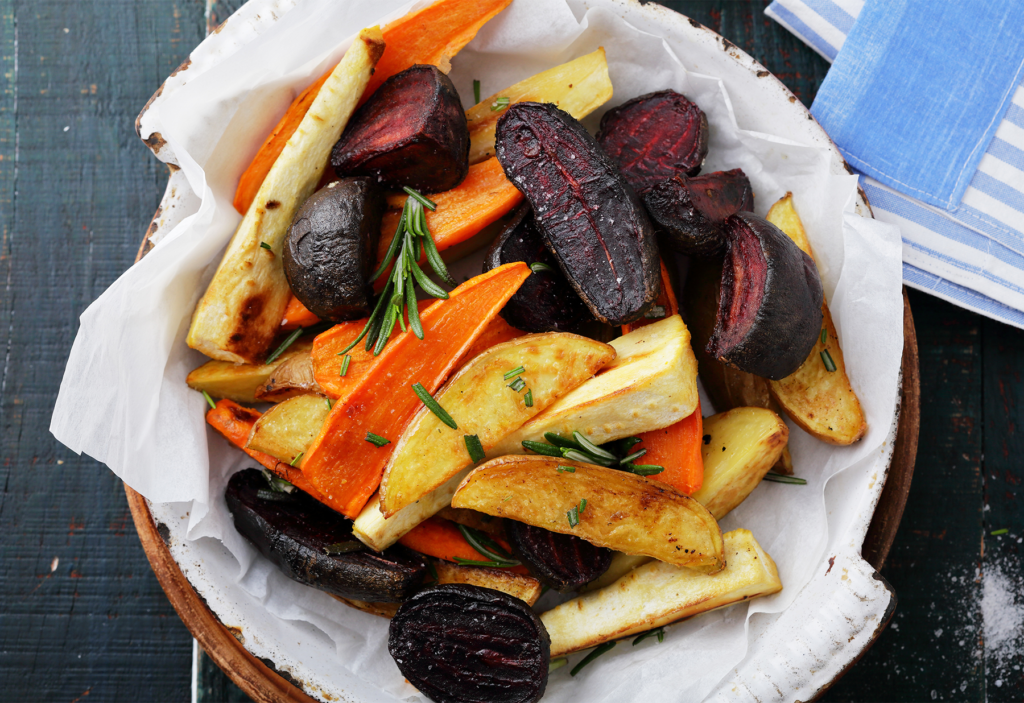
Have you ever popped a slice of leftover pizza in the microwave only for it to come out tasting like a wet piece of paper? The reason for this is anything baked, fried, or roasted gets soggy from the moisture when reheated in the microwave without the proper technique.
Microwave
Again, the microwave should be your last resort, here. But if you have to use it, put a half-filled cup of water next to the food you’re microwaving to soak up extra moisture. Yes, it sounds weird, but in a pinch it totally works. (Just make sure to use a microwave-safe glass for the water.)
While there is a very long, scientific explanation behind why food gets soggy in the microwave and not in the oven, all you need to know is that the microwave often has a mixture of cold air with heat pumped into it, creating vapor in the microwave and causing your food to get gross.
Oven
For anything roasted, especially veggies, letting them broil for a few minutes is the best way to reheat them and retain their delicious flavor and texture. The broiler (at the top of your oven) is kind of like a grill. Most ovens have a broil setting, and it’s usually the highest heat.
To broil, lay your meal-prepped food on a baking sheet and stick it under a preheated broiler for 1 to 3 minutes on each side. No need to add oil. Doing it this way will make your veggies (or any other crispy food) even crispier. Just don’t forget about them in your oven!
If you have access to a toaster oven, lucky you. This is actually the best way to reheat anything in this category. Plus, it’s way more convenient than a normal oven. Five to 10 minutes at 350°F (177°C) should do the trick. If your meal has cheese on it, try sprinkling a little bit of fresh cheese on top to make it taste like you cooked it that day.
Stovetop
The stovetop is another good reheating option, as long as you don’t overdo it. Overheating on the stove will cause breaded exteriors to taste bitter.
The best way is to heat oil that has a high smoke point, like peanut oil, and place the breaded food in the pan with plenty of space. If, for example, two pieces of breaded chicken touch in the pan, things will start to get moist, causing sogginess. Flip the food over so it gets reheated evenly. This should take about 3 minutes on each side.
Shaking up food that’s sauteed, stir-fried, or steamed
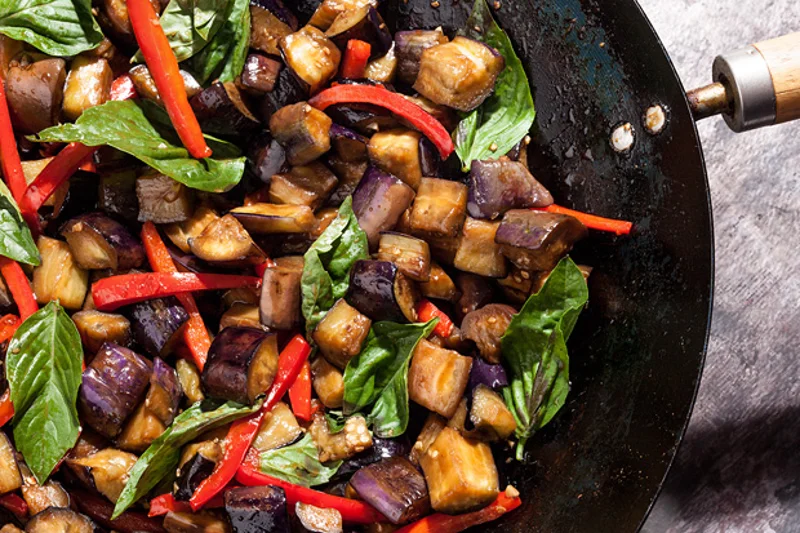
One-pan and one-pot meals are super easy to make. Luckily, they’re simple to reheat too. Casseroles are also included in this category (even though they’re baked).
Microwave
Reheating food in the microwave is both a science and an art. The best practice is to spread the food out in an even layer and cover it with a damp (not dry) paper towel. You can also sprinkle a tiny bit of water over the dish before popping it in. This creates steam during the reheating process so the food doesn’t dry out. It’s also good to stir occasionally so it reheats evenly.
Keep in mind that if you’re heating different types of food together, you might want to microwave certain foods for different lengths of time. For example, a piece of chicken or fish takes longer to reheat than vegetables, so you might want to add the veggies last to keep them from overcooking. If you feel too lazy to do that, stir a bit in the middle of microwaving.
Oven
The oven isn’t optimal for a stir-fry or anything sauteed or steamed, but you can definitely reheat casseroles. Same with the types of food above — keep the heat low, around 200 to 250°F (93 to 121°C). Cover with foil or an oven-safe lid until the last few minutes to help keep the dish moist and fresh. Reheating veggies in the oven doesn’t take as long as meat, so check after 10 minutes to see if they’re done.
Stove
The stove is another great option for reheating a stir-fry dish or any sauteed veggies. Add an oil and reheat the food on low to medium heat to avoid overcooking. You’ll definitely want to stir frequently for even heating.
Firing up frozen foods for first-rate flavor
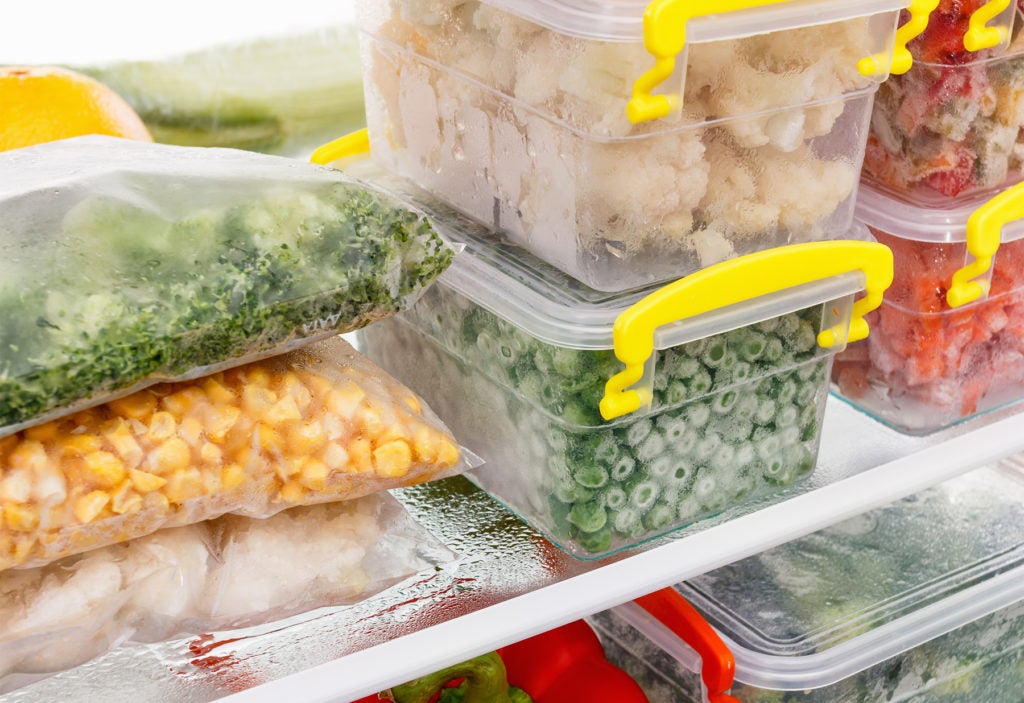
The best and safest way to reheat frozen meal-prep foods is to take them out of the freezer and place them in the fridge overnight to thaw before taking them to work or eating them the next day.
Why is that the safest? The refrigerator thaws food slowly and evenly. Plus, your food won’t thaw completely in the fridge — and it shouldn’t do so on your commute, either. If you left your frozen food out on the counter, it would eventually get to room temperature and become a breeding ground for harmful bacteria.
That’s why it’s also important to refrigerate or freeze food within 2 hours of cooking it, and not let it hang out on your counter. When you reheat food, you want it to be more than 165°F (74°C) or at least hot to the touch to ensure that more bacteria can’t spread.
After your meal-prep food is thawed, reheat it according to instructions above for the type of meal you’re eating. You can also reheat frozen food by putting it in a bowl of hot water for 5 to 10 minutes (while it’s still in the package or container).
Bottom line
Most of us want our meals to be hot. But the quickest reheating method isn’t always the best. Knowing what kinds of foods you’re trying to reheat will be a benefit when choosing a method that will keep the flavor and moisture intact.
In a crunch, remember you can always eat cooked food cold, even if it isn’t ideal. You can also invest in a portable reheating oven like the Hot Logic, one of the best out there (yes, this really exists).

0 Commentaires